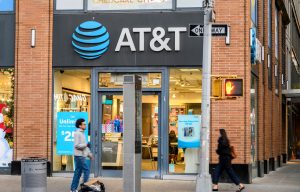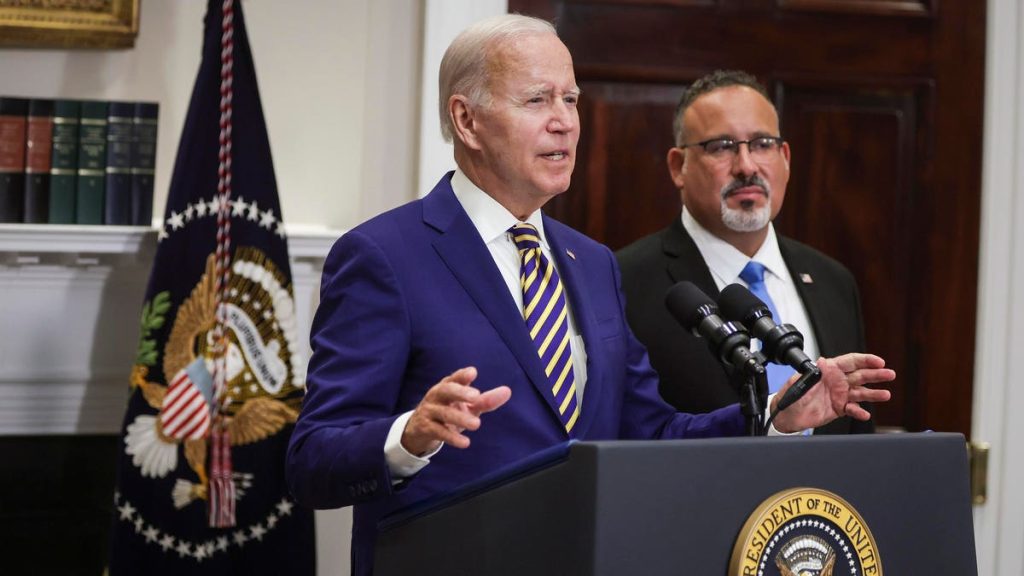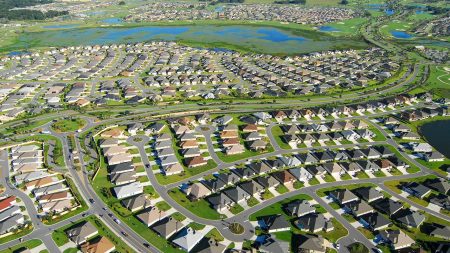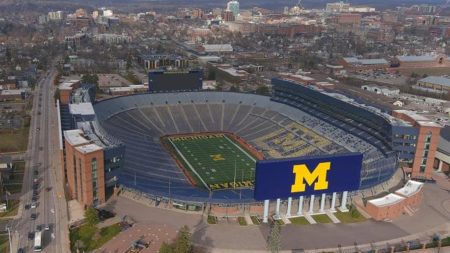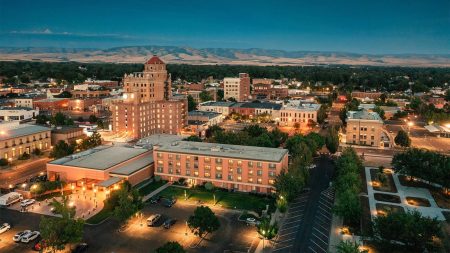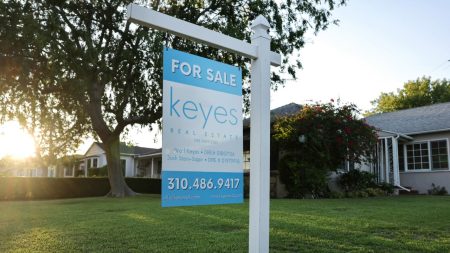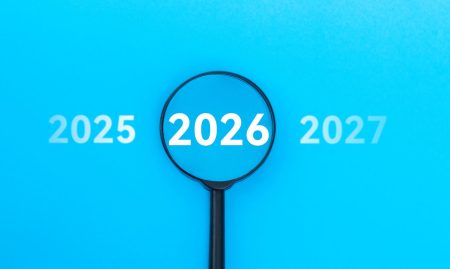The Biden administration has released sweeping new guidance on updated rules for a critical student loan forgiveness program. The changes may help millions of borrowers get closer to eliminating their student debt.
Public Service Loan Forgiveness, or PSLF, can wipe out the federal student loan debt for borrowers after 10 years of employment for qualifying nonprofit and governmental organizations. But the program — which requires 120 “qualifying payments” for a borrower to be eligible for student loan forgiveness — has suffered from complicated requirements, poor oversight, and dismal approval rates.
The Biden administration implemented two initiatives designed to remedy these historical problems. The Limited PSLF Waiver, which ended last October, relaxed some key PSLF rules, allowing hundreds of thousands of borrowers to receive student loan forgiveness. Many elements of the waiver have now been extended by the IDR Account Adjustment, which is ongoing until the end of this year.
But new PSLF rules quietly went into effect on July 1. These new regulations will transform aspects of the PSLF program on a more permanent basis. The changes will remain intact even after the Biden administration’s temporary relief initiatives end.
“Student loan borrowers, we’re not done fighting,” said Education Secretary Miguel Cardona in a tweet earlier this month. “We’re taking action to open an alternative path to debt relief for working & middle-class borrowers, finalizing the SAVE repayment plan to help borrowers save $1,000/yr on payments, [and] expanding PSLF.”
Here are some of the highlights of the new PSLF changes.
Student Loan Forgiveness After Consolidation
Direct loan consolidation has historically played a pivotal role in PSLF. Borrowers with non-Direct student loans, such as FFEL loans, needed to consolidate those loans into a Direct consolidation loan to qualify for PSLF.
But Direct loan consolidation also had a downside. Borrowers who consolidated Direct loans that already had PSLF credit could erase their progress, resetting their PSLF qualifying payment count to zero. That rule was suspended under the Limited PSLF Waiver, and continues to be suspended under the IDR Account Adjustment. But these are temporary initiatives.
Under the new regulations, borrowers won’t lose all of their PSLF credit by consolidating existing Direct loans. “If you consolidate your loans, the qualifying payments made on the Direct Loans (other loan types will not be considered) included in your consolidation loan will be credited to your consolidation loan using a weighted average of those payments,” says the Education Department’s updated guidance. This is not as generous as the treatment of consolidations under the Limited PSLF Waiver and IDR Account Adjustment, but represents a substantial improvement over the earlier PSLF rules.
More Deferment And Forbearance Periods Can Count Toward Student Loan Forgiveness Under PSLF
Historically, periods of deferment and forbearance don’t count toward the 10 years required to receive student loan forgiveness through PSLF, even if borrowers were working in qualifying employment. The Limited PSLF Waiver and IDR Account Adjustment relaxed some of these rules, allowing many (although not all) such periods to be credited.
Similarly to the treatment of loan consolidation, the new PSLF rules represent a middle ground approach between the original rules and the temporary waiver initiatives. The following deferment and forbearance periods can count toward loan forgiveness under the new regulations:
- Cancer treatment deferment;
- Economic hardship deferment;
- Military service and post-active-duty deferment, as well as National Guard Duty and Department of Defense forbearance;
- AmeriCorps forbearance;
- Certain administrative forbearances.
The administrative forbearance feature is a particularly important change. Historically, these involuntary forbearances have been implemented for borrowers as they apply for, or renew, income-driven repayment plans. Some borrowers lose a month or two every year to these forbearances, which can have disastrous cumulative impacts.
Borrowers Can Buy Back Time Toward Student Loan Forgiveness
One of the more transformative new PSLF rules will allow borrowers to “buy back” certain past non-qualifying deferment and forbearance periods so that they can count toward loan forgiveness.
“If you have a single month (or multiple months) in your payment history that do not count as a qualifying payment because you were in a deferment or forbearance status other than those that are considered an eligible payment equivalent, you can buyback that month to make it a qualifying payment,” says the updated Education Department guidance. “To do so you must make an extra payment of at least as much as what you would have made under an income-driven repayment (IDR) plan that you were eligible for each month that you were in a deferment or forbearance and also had qualifying employment.” Borrowers would need to supply their tax return or other income documentation covering the period in question.
There are some important limitations to this new feature. Some periods, such as in-school deferment periods, cannot be bought back. And deferment and forbearance periods prior to loan consolidation are ineligible under the rule.
The buyback process is not yet available, but should be later this summer, according to the department.
Expanded Employment Criteria For Student Loan Forgiveness Under PSLF
The new PSLF regulations relax some rules regarding qualifying employment that should allow more borrowers to qualify for student loan forgiveness.
First, the new regulations simplify the definition of qualifying employment to be an average of 30 hours per week or more. Previously, PSLF required that borrowers be considered “full time” by their employer, in addition to the 30 hour-per-week mandate.
In addition, the new rules will allow some borrowers who work for an organization contracted with a qualifying PSLF employer to qualify if their state’s laws do not allow these organizations to directly hire employees performing the relevant services. This mostly applies to certain medical professionals in a handful of states where state law prevents nonprofit hospitals from employing them directly. Previously, this type of indirect employment would not qualify for PSLF.
Finally, the new regulations will help adjunct faculty at nonprofit and public institutions more easily qualify for student loan forgiveness through PSLF.
“If you are a non-tenure or adjunct faculty member at an institution of higher education and are paid solely for the credit hours you teach, you meet the definition of full-time if you are employed the equivalent of 30 hours per week as determined by multiplying each credit or contact hour taught per week by at least 3.35,” says the new Education Department guidance.
Relaxed Rules For Student Loan Payments Counting Toward PSLF
The new PSLF regulations don’t change the requirement that borrowers make 120 qualifying payments to become eligible for student loan forgiveness. But they relax the rules a bit about what can count as a qualifying payment.
Under the new regulations, borrowers can receive credit toward PSLF on payments that are made late, in multiple installments, or in a lump sum. The previous rules only counted a payment as qualifying if it was made in full within 15 days of the payment due date. And making a lump sum payment or splitting up a payment could have resulted in some repayment periods being rejected.
“You may prepay, or make lump-sum payments, which first apply to any months during which you missed a payment and then would apply to future months up to your next income-driven payment (IDR) plan certification date or 12 months,” says the new guidance.
Further Student Loan Forgiveness Reading
Didn’t Receive A Student Loan Forgiveness Email This Week? 6 Things To Know
Biden Announces $116 Billion In Student Loan Forgiveness, With More Coming
Here’s When Student Loan Payments Resume, And What Borrowers Should Do Now
4 Big Student Loan Updates When Payments Resume (And They Resume Soon)
Read the full article here

